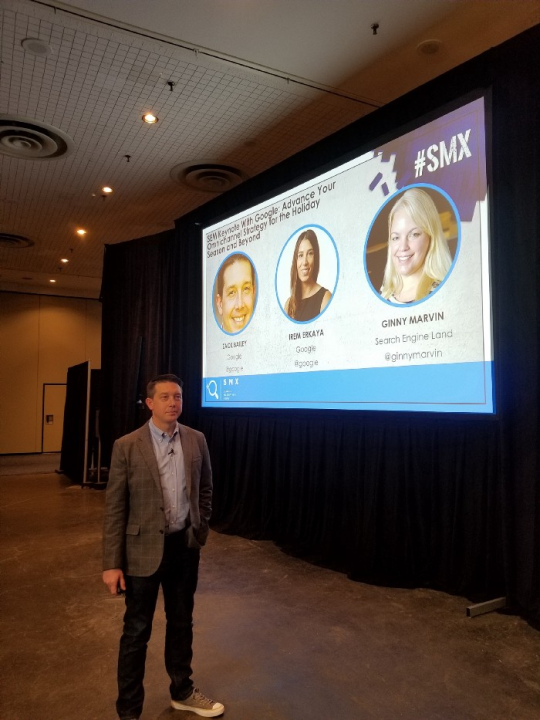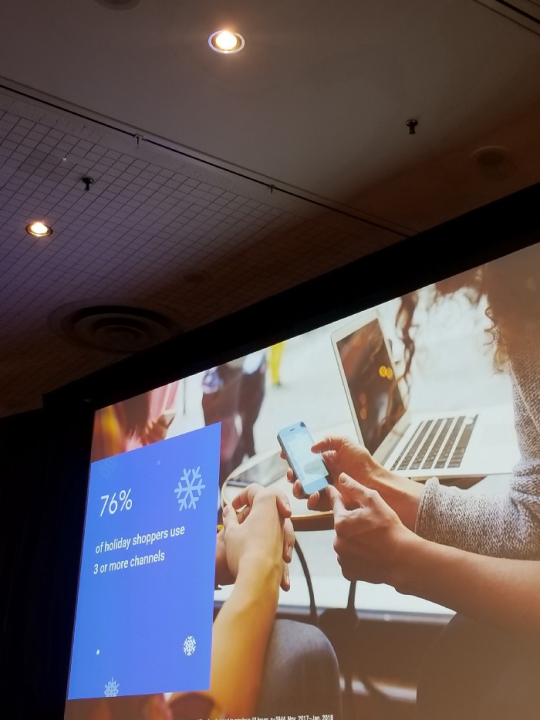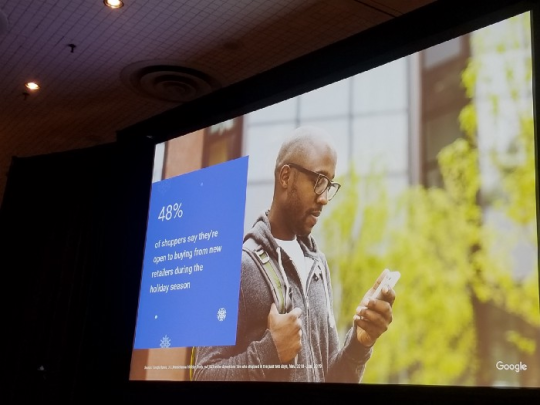Key Questions to ask before Launching Your Next Digital Marketing Campaign

Launching a content marketing and digital marketing campaign is a big investment of time and resources. Before launching a campaign there are a lot of things to consider. Here are three questions that digital and content marketers should be able to answer before launching a campaign.
According to Research conducted by the Content Marketing Institute and MarketingProfs fewer than 33% of B2B Marketers who use these tactics seen in the infographic said these tactics will be successful to their Overall Content Marketing success.
Before jumping in it is important to study what type of Marketing works in your industry. The one size fits all Marketing Campaigns of the past are over. Below are three questions to ask before starting a Marketing campaign.
1.What are the best ways to market to my industry?
The best ways to market to your industry is through offerings such as whitepapers, industry events, Social Media/Content Marketing and through direct selling. As there is no single best way, all of these methods need to be integrated together and function as a synergy. The Sales and Marketing functions need to be aligned and support one other in order for any marketing effort to be successful.
Becoming a part of your industry community is one of the best ways to market to them. This can be achieved by becoming a trusted advisor. Earning the trust of the community can be achieved by demonstrating your value and becoming a resource they the turn to all of the time not just when they have a need. Understanding the pain points of this group is critical to creating and implementing the best solutions to solve their problems.
2. How you would repurpose/rewrite/market to increase readership?
In order to increase readership, I would create accounts on other social networks such as Twitter, Facebook, Google+, YouTube and Slideshare. Before content can be repurposed, you need to establish channels to share the content beyond a blog and LinkedIn in order for it to reach a broader audience.
Rewriting/Repurposing
The first thing I would do is to change the title in the form of a question. This way it invites the audience to weigh in. I would also ask a question at the end of the article.
A great call to action would be: feel free to comment, or asking a question of the reader at the end of the post. By having a call to action to comment, readers are more likely to start a discussion and share the content. It is important to talk with your audience and not at them.
Another, thing that I would add is an about the author section at the bottom of each post. This is another great way to showcase the author’s expertise and incorporate a call to action such as see how we can help or click here to sign up for a free demo.
Repurposing Formats
The contents of the article can be put into different formats such as a PowerPoint, a YouTube video all of which can be uploaded to Slideshare. The article can be published to LinkedIn’s publishing platform as well. The article can also be written and have presentations and videos embedded in the article itself. There are endless ways to repurpose content.
3. Imagine you could speak to a current customer. What would you want to ask them? How would you use their responses to market my product?
I would want to ask current customers the following questions:
1.Why did you chose my product?
2.What do you like about the product?
3.What do you dislike about the product?
4.Is it easy to use?
5.How long did it take to put the product to work?
6.Would you be willing to provide a testimonial in writing, on video about how the product helped your business, speak at an event?
(Questions may differ based on the user’s answers.)
I would take the information from questions to 1-5 and discuss them with the product manager and engineer to see how the product could be made better. Testimonials obtained would be uploaded to the website and integrated into product literature.
What questions are you asking before starting a Marketing Campaign?
About the Author
Dan is passionate about using Marketing to help businesses drive sales. He has worked on various marketing assignments that include Start Ups, Political Campaign and a Digital Marketing Conference.
Prior to Teaching, Dan served customers as an Outside Sales & Marketing Representative in the Dental industry. In this role, he taught and trained Dentists on the company’s products and services using a consultative selling approach. He also supported the company’s marketing efforts at industry trade shows & in the field through lead generation of Digital Technology along with large Dental Equipment.
He writes and publishes a business blog on the topics of Sales, Marketing and Social Media entitled Sales, Marketing & Social Media Today.
Dan is seeking a full time marketing role in New York City. He is interested in roles in Direct, Digital, Content and Social Media Marketing. If your company is hiring for roles in these areas, contact him directly via a free LinkedIn Message or email him at Dan@DanGalante.com to set up interviews.












